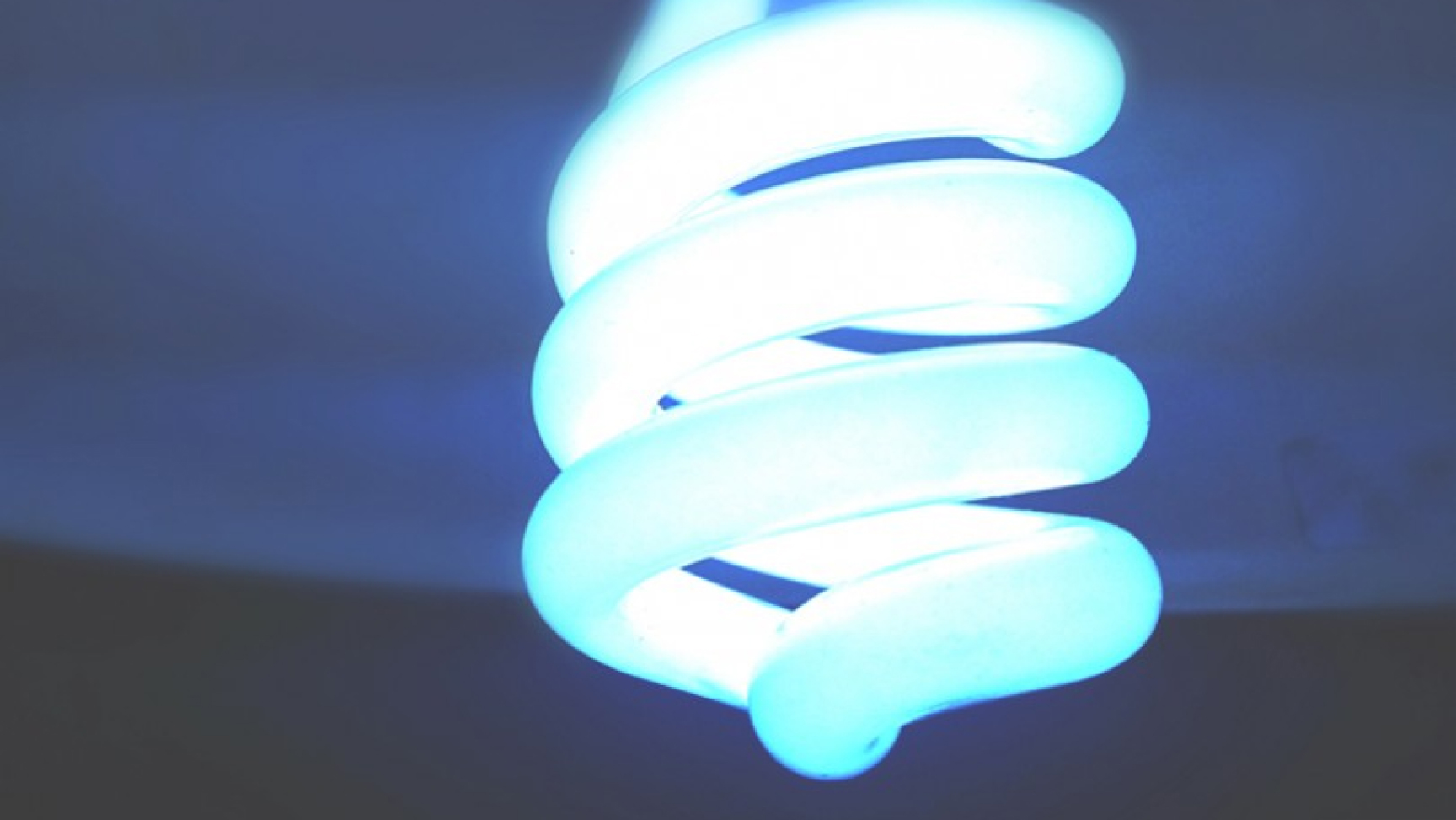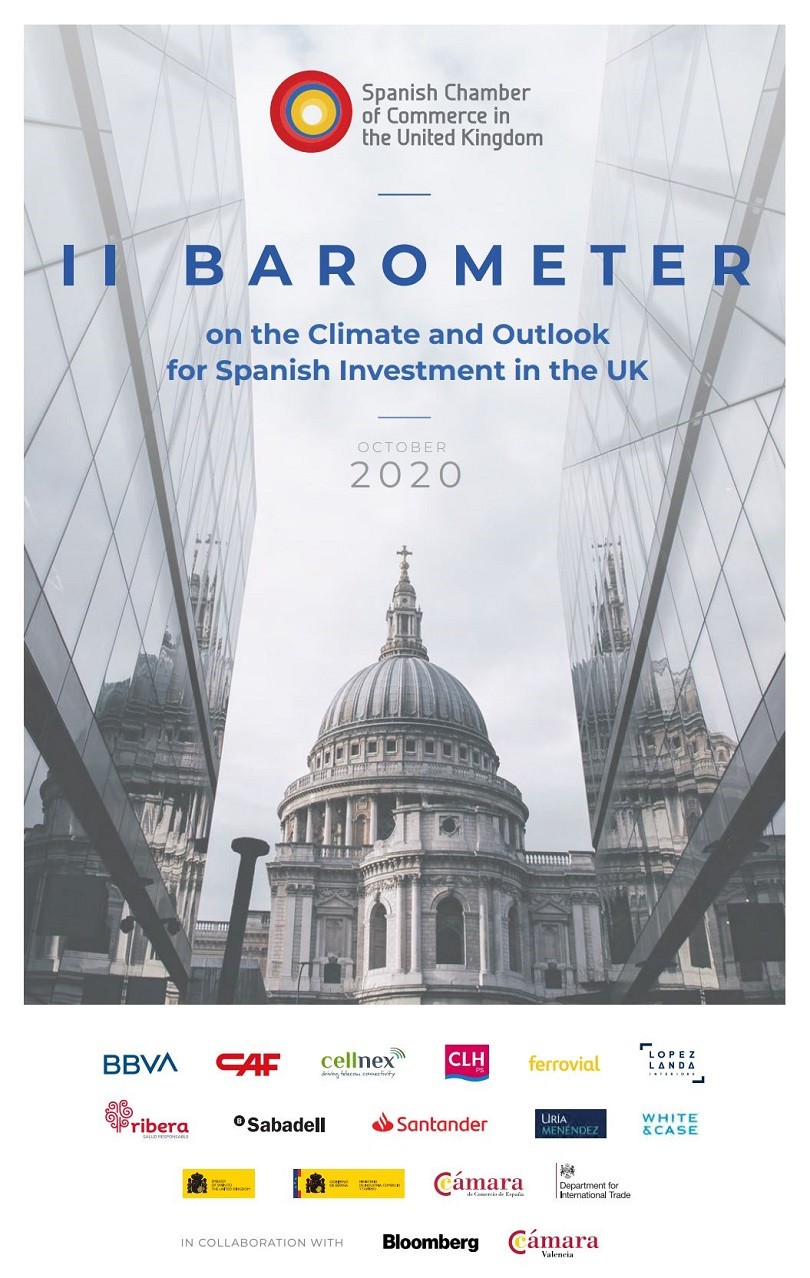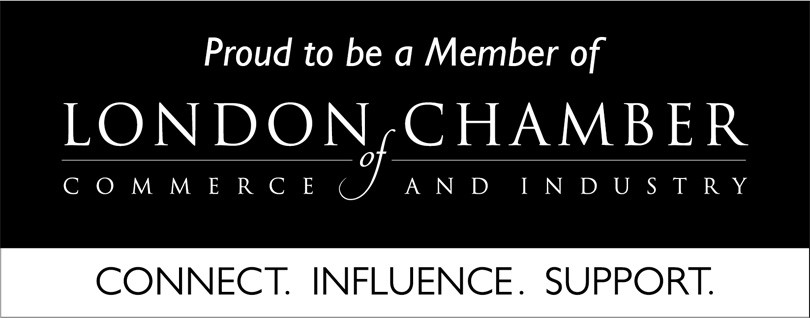LIGHTING IN THE WORKPLACE

Lighting an environment is often a complex task principally considered during the design stage of the building. However, lighting is one of the most important elements to consider, as different activities require different levels of light.
In general terms, the light levels are proportional to the complexity of the task undertaken in that specific space. For instance, a process control room should be lit at approximately 300 lux, a corridor or walkway may only require 50 lux, whilst studying an engineering drawing may require 750 lux.
Key elements to improve the lighting in a workspace?
USE OF NATURAL LIGHT
One of the latest trends, the Biophilic Design, focuses in incorporating natural elements in the workplace, as numerous studies have demonstrated the benefits of integrating nature in the workspace.
This way, Natural lighting is one of the most economical ways of improving the lighting of an office space, as well as contributing to improve the morale and productivity of the workforce.
Studies have shown that employees with windows had an average of 46 minutes more sleep per night that those who didn´t, this would contribute to a more rested workforce, ergo an improvement in their focus and productivity levels, showing a 3% – 40% gain in productivity and sales..
Additionally, workers in offices with natural elements, such as greenery or sunlight were found to be a 15% more creative and a 6.5% less prone to require of a sick leave.
It is important to make the best use of any external windows in your premises; For this we would always suggest to introduce elements like glass, to let the sunlight travel through the workplace, as well as to introduce elements that can reflect and prolong the brightness into the office.
TYPE OF LIGHTING
– Overhead Lighting – Most common type of lighting used in a workplace, mainly by either fluorescent recessed light fittings (Cat II) or LED panels.
– Task Lighting – Task lights are small lamps that can be plugged into any power outlets to provide extra lighting right where the employee needs it.
– Ambient Lighting – Ambient lighting has a low intensity that blends into the environment, commonly used as feature elements that can not only be decorative but also to promote certain feelings.
– Corrective lighting – Placing corrective lighting behind computer screens can help diminish the glare coming from the monitor.
ENERGY EFFICIENCY
Lighting accounts in average for the 20% of all the energy consumption in an office space, so it is important to look for energy efficient solutions to reduce this where possible.
– Halogen vs LEDs
Halogen spotlights are very popular, commonly used in recessed ceiling light fittings in the office space. Halogen bulbs provide an effective source of artificial light at a cost effective product.
However, as businesses become increasingly aware of the benefits of energy saving, the LED lighting has been rapidly introduced as a better alternative for any workplace. In terms of cost and energy efficiency, there is no doubt that LED lights are more expensive than halogen bulbs, as the initial cost, however in long terms efficiency the LED consumes approximately a tenth when compared to halogens. This is because 95% of the energy contained in the LEDs is converted into light and only a 5% wasted in heat, whereas halogen spotlights are only 30% efficient, with a 70% of the energy used to power them given off in the form of heat.
On average, LED lighting would last about 10 times longer than a halogen bulb making them a future proof investment.
– Lighting control
It is common to find offices where the entire lighting is controlled by a Main switch control gang at the entrance of the office which would activate all the fittings in the workplace.
As companies look to implement changes to improve the energy performance of the workplaces, different solutions have been implemented to reduce the consumption of electricity in unused areas. Nowadays most offices have motion sensors, commonly known as PIRs, which detect any movement within certain area, activating the lighting for a set period of time.
These sensors are normally connected to a certain number of light fittings in the proximity of the sensor, reducing this way the electrical consumption of the workspace.
Lopez Landa always keeps into consideration all aspects of the lighting requirements during any of our fit out, such as the latest project for Tax & Advise, where we created a run of offices and meeting rooms along the front façade of the building, enclosing them with a fully glazed front run to cast as much natural light to the open plan office as possible, additionally we had to find new LED lighting to serve the newly formed offices, as the existing lighting lay out was not sufficient to achieve the required lighting levels.
Our technical team had to also make sure that the new light fittings were compatible with the existing BEMS system that controlled the energy efficiency of the building
For any requirements, please do not hesitate to contact us.





